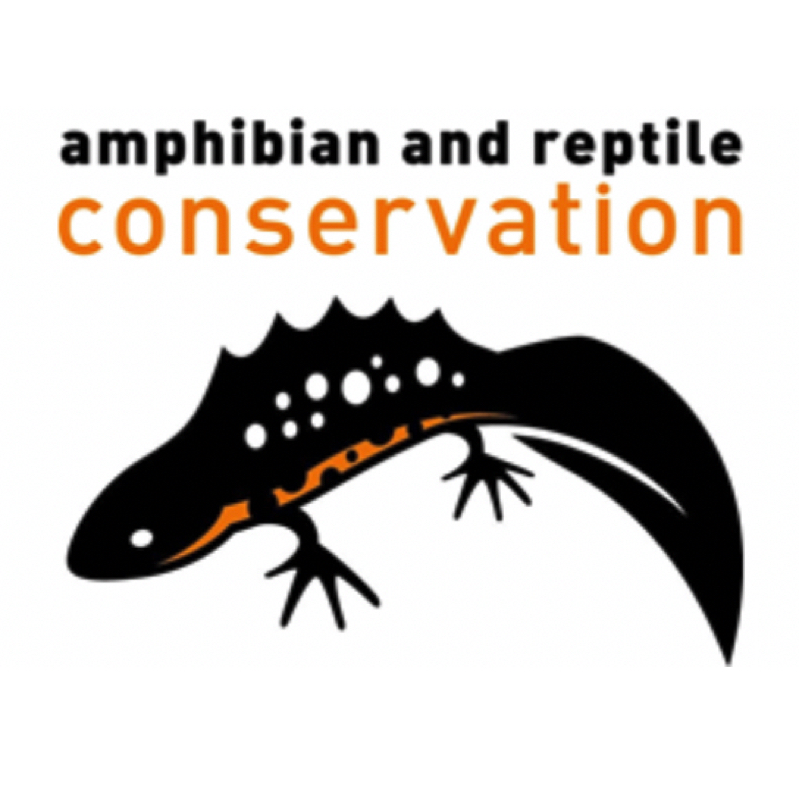Mistaking a lizard for a newt - or vice-versa - is a common mistake. They both have similar bodies, comprising four legs and a long tail and both sport a similar brown or black coloration.
The general confusion between amphibians and reptiles doesn’t help. This quick guide will help you to identify the small, brown four-legged creature you’ve spotted.
What's the difference between newts and lizards?
What are newts?
Newts are amphibians. This means that they live both on land and in freshwater at certain times of their lives.
Newts breed and spawn in ponds or other bodies of water during the spring and early summer. So, in the UK, if you find an animal resembling a lizard swimming in your garden pond, then it is likely a newt.
There are three native species of newt in the UK: the smooth, palmate and great crested. Great crested newts look very different to the other two and are a lot rarer. All newts spend a fair amount of the year on land, which is when they tend to get confused with lizards. In this terrestrial phase, they lose their characteristic crests and breeding season coloration.
What are lizards?
Lizards are reptiles. There are three species in the UK - the common lizard, the sand lizard and the slow-worm. The slow-worm has no legs and is often mistaken for a snake, and the sand lizard is a rare species confined to scattered heathland sites in southern areas of England and Wales.
So, the common lizard is really the only lizard that could be misconstrued as a newt.
There are at least 7,000 different lizard species across the world, from the largest, the Komodo dragon to the smallest, a chameleon called Brookesia nana.
How to tell the difference between lizards and newts
When it comes to distinguishing lizards from newts, there are a few key features to spot in their appearances and behaviour that can help to confirm your identification.
The best way to tell lizards and newts apart is by the appearance of their skin. Lizards have dry, tough scales, while newts have a moist or slimy look to them, and do not have scales. Their skin is very similar to that of a frog or toad. In the terrestrial phase of their lives, newts can look velvety when they spend long periods out of water.
Another quick identification tool is the number of toes on the front legs, if you are able to manage a closer look. Newts have four toes, lizards generally have five.
In terms of colour, the UK's three native newt species can be very variable, as can common lizards. Despite this, there are some patterns to keep an eye out for.
Common lizards often have two pale lines running from head to tail either side of the spine, whereas smooth and palmate newts can sometimes have just one line down their backs that is an orange colour.
Great crested newts are easiest to identify, being quite large and black on top with a vibrant orange underbelly. Great crested newts are a highly protected species, so don't pick them up or disturb them, and ensure that any sightings are reported to the local environmental records centre.
Newt vs lizard: behaviour
In the UK, lizards rarely enter water, whereas newts spend a lot of their lives in water. However, this isn't the case worldwide, as there are some lizards who enjoy a dip. The Caiman lizard, for example, is an excellent swimmer, and the marine iguana, a species of lizard endemic to the Galapagos Islands, famously forages underwater.
Movement is another diagnostic factor. On land a lizard is more likely to scurry away when disturbed, while newts make slow movements.
Lizards are also more likely to be seen basking in hot, warm weather on surfaces that can warm up, such as rocks, logs, paving slabs and south-facing slopes, Newts, on the other hand, tend not to bask out in the open where they are at risk of drying out, and are more often found when the weather is wet or if they’re moving from a pond to a hiding spot underneath a log or a rock.
Main image: great crested newt, left, common lizard, right. © Getty Images
Main image: Great crested newts left, common lizard right. © Getty Images
